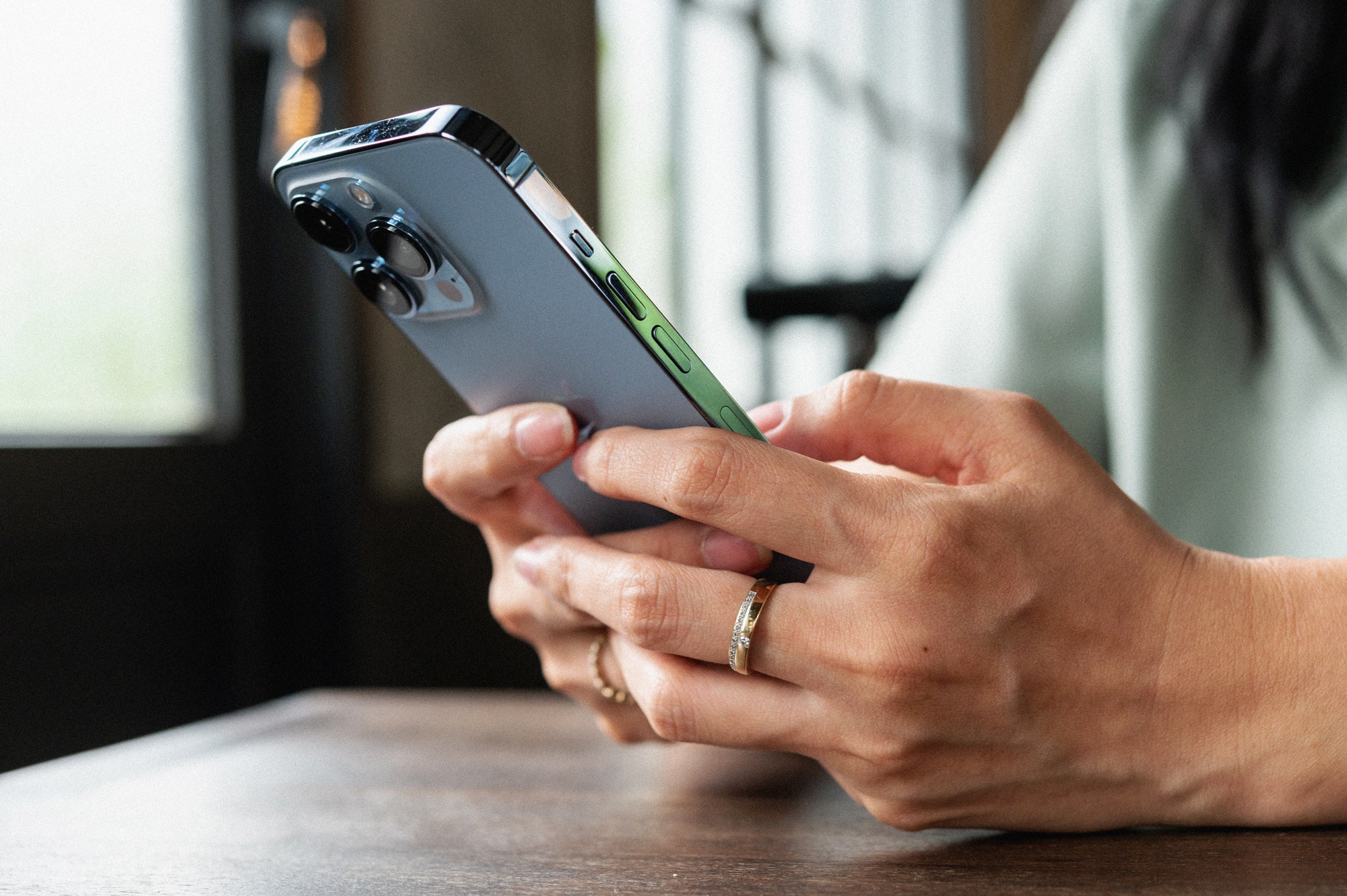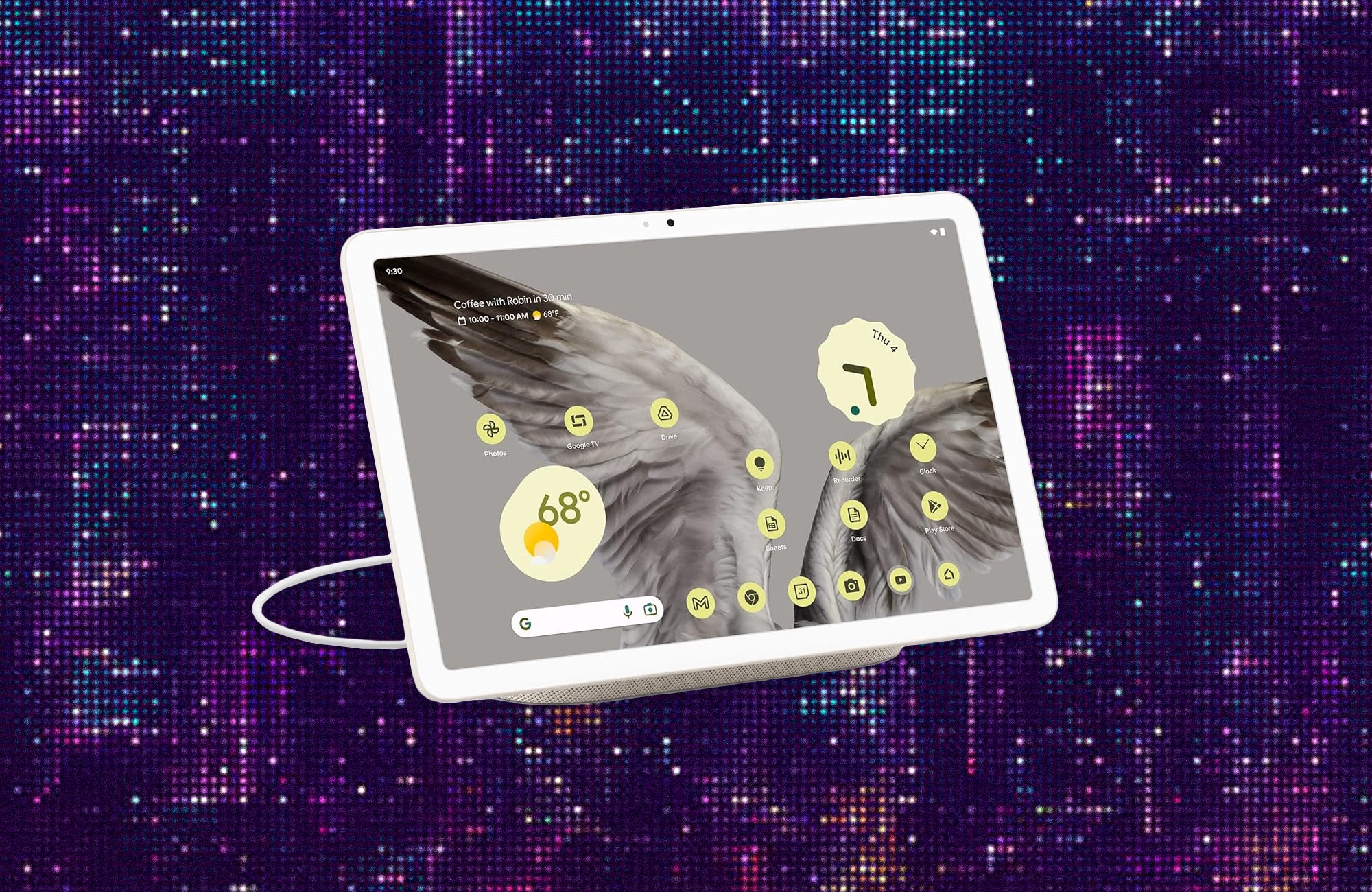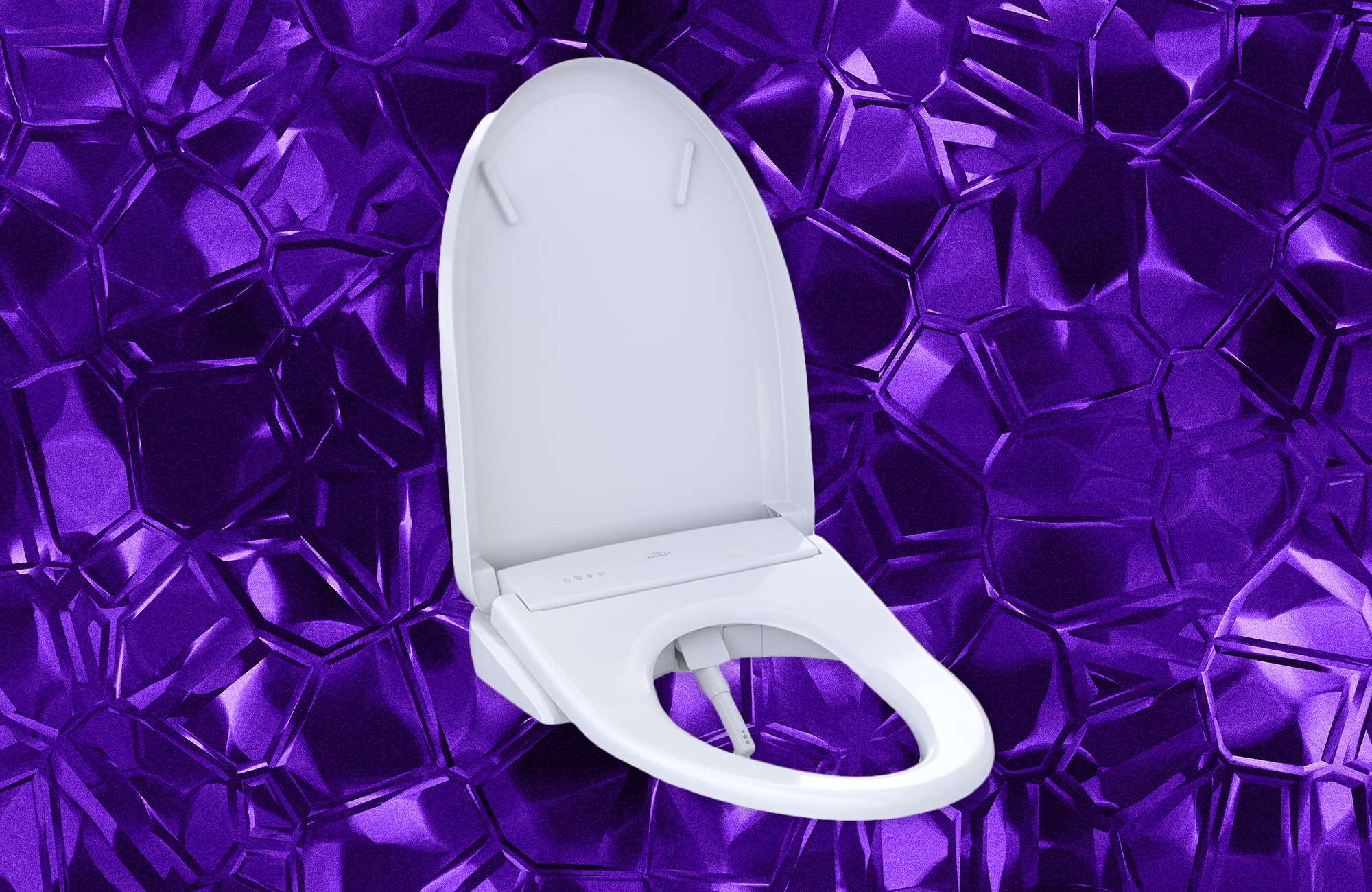
With the rollout of iOS 18 this fall, Apple is introducing some big changes to its iPhones: more customization options for home screens, a redesigned Control Center, support for the RCS text messaging standard, and of course a bunch of generative AI features put under the umbrella of Apple Intelligence.
Individual iOS apps are getting upgrades too, including Safari, and one of the new features you’ll notice in the web browser once you’ve got iOS 18 installed is the option to remove “distracting” items from a page. It’s called Distraction Control, and the idea is you can cut out pieces of a page you’re not necessarily interested in, like images or menus.
This isn’t the Reader mode that reformats pages so only the main text and images are showing (and which itself is getting an update in iOS 18). It’s not an ad blocker either, because you won’t be able to persistently hide ads or any other frequently updated content. But it is a potentially useful tool to improve the web browsing experience.
How Safari Distraction Control Works
To date, Apple hasn’t said too much on the record about Distraction Control. It was introduced with one of the iOS 18 beta updates without much in the way of fanfare, so users have largely been left to figure out how it works on their own. It’s also available in Safari on iPadOS 18 and macOS 15 Sequoia, though it doesn’t appear that hidden items sync across devices.
What Safari will do on your current device is remember when you’ve hidden an item, and keep it hidden when you go back to that web page again later. In my experience hiding certain parts of a page, including some menus, can break the functionality of a site, but on the whole it works well. You can dismiss items such as pop-ups that ask you to sign up for newsletters, or auto-playing videos that load on top of other elements.
Distraction Control won’t effectively hide advertisements for you.
Photograph: David Nield
It works best for elements that you know you’re not going to want to interact with, whether that’s an advert for a 10 percent off deal, or a navigation bar offering links to similar stories. Also, While it’s not marketed as an ad blocker, Distraction Control can be used to hide ads to some extent—though the ads do tend to pop back in again as you continue browsing.
Should you use Distraction Control to dismiss a pop-up asking to set preferences, or agree to cookies, or something along those lines, the website will act as if you’d never interacted with the dialog box: So in the case of cookies, for example, you might find the site doesn’t remember your location or your preferences, as cookies haven’t been allowed. On some pages, a little trial and error might be needed to figure out what you can hide while keeping everything functioning normally.
How to Use Safari Distraction Control
Safari won’t identify and hide distracting items automatically—you need to hide items manually if you don’t want them to be visible. Load up a web page, and scroll to the part of the page showing the elements you want to hide from view: It’s a quirk of Distraction Control (at least for now) that you can’t scroll around a website while you’re also hiding parts of it.
Tap the icon to the left of the address bar at the bottom of the Safari interface, which looks like a rectangle on top of several lines. From there, choose Hide Distracting Items: You’ll then be able to select parts of the webpage onscreen, and you can tap on the Hide button on any element to dismiss it (which comes with a satisfying little animation).
You can start hiding items with a couple of taps.
Photograph: David Nield
Sometimes the web page reorganizes itself to account for the missing element, but sometimes not; it most likely depends on what you’re hiding and how the page has been coded. You can keep going with hiding items, and a running total is kept at the bottom of the screen. When you’re happy with how the page is looking, tap Done to return to browsing (or tap Cancel to undo your changes).
If you want to restore the items you’ve hidden, tap the same button to the left of the address bar at the bottom of the Safari interface, then choose Show Hidden Items and Show to confirm. Everything you’ve previously hidden comes back into view again—there’s no option to unhide elements one by one.





